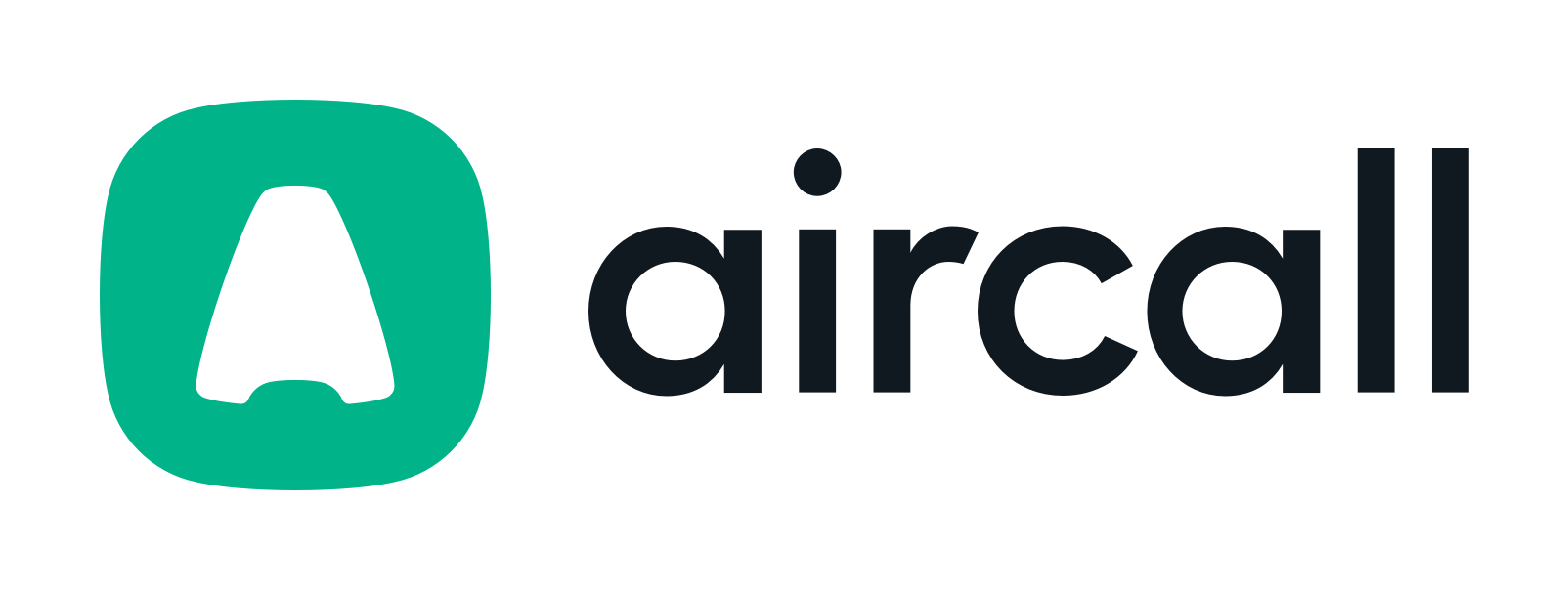Data-Driven Lead Generation: How to Find High-Quality Leads

What if you could spend less time chasing cold leads and more time closing deals with prospects truly interested in your offer?
That’s the promise of data-driven lead generation.
In today’s business, sales teams are expected to do more with less. That’s why it is necessary to go beyond intuition and outdated lead lists, using precise insights to identify and engage high-quality prospects.
Imagine an SDR (Sales Development Representative) who used to spend hours dialing random numbers, hoping for a bite. Now, using data, they target decision-makers who’ve already shown interest in similar solutions or are actively researching their industry.
Their conversion rates? Through the roof.
That’s the power of data—it saves time, sharpens your focus, and boosts results.
This article explains the must-know data-driven sales techniques and highlights the hottest lead-generation tools. Let’s explore how to make data work for you! ⤵️
Understanding data-driven lead generation
What exactly is data-driven lead generation, and why should you care?
Simply put, it uses data—such as customer behaviors, demographics, and buying patterns—to identify, attract, and engage high-quality leads.
Instead of blindly reaching out to anyone and everyone, you focus your energy on leads that actually fit your target profile. You’re not just increasing your odds of closing deals—you’re also making the entire sales process more efficient and rewarding.
Take a real-world example:
Imagine an SDR at a growing SaaS company struggling to meet quotas using outdated lead lists pulled from generic databases. The leads lack context—no insights into industry, role, or buying intent—making every cold call feel like a shot in the dark. Throw a few wrong phone numbers in there; you’ve got a storm of inefficient prospecting.
Adopting a data-driven approach changes everything.
Now, your SDRs can use tools like Kaspr and HubSpot CRM to find specific details about prospects, including job titles, company size, and most importantly, contact details.
With this enriched data, reps can easily craft hyper-personalized email sequences without worrying that the messages will bounce.
Remember, today’s buyers expect more.
They want solutions that feel personalized, not generic pitches. Data-driven lead generation lets you meet those expectations by understanding your leads’ needs before they say it.
And when you’re consistently connecting with the right people at the right time, the impact on your results and motivation can’t be overstated.
Key data sources for lead generation
Where does all this magical data come from? Let’s break it down. Here are the primary data sources you need to know about:
👉 Your customer data.
Your existing customers are a goldmine of information. Analyzing their demographics, purchase history, and engagement patterns helps you identify your ideal leads.
- What industries are they in?
- What problems will they solve with your product?
- What is their role or job title?
- What is the size of their company?
- Where are they located geographically?
- What are their typical buying cycles or decision-making timelines?
- Who are the decision-makers or influencers involved in their purchase?
- What other competitors were considered before they chose you?
The more you understand your customers, the better you can tailor your lead generation strategy.
💡 Pro tip: Use feedback surveys or tools like Google Forms or Typeform to dig deeper into their needs and preferences.
👉 CRM insights.
Your CRM is more than a fancy contact book—it’s your strategic hub for lead generation.
Tools like Salesforce, HubSpot, or Pipedrive don’t just store prospect information; they track interactions, measure engagement, and highlight leads most likely to convert.
For example, an SDR can use CRM data to prioritize prospects who’ve opened emails, downloaded case studies, or booked demos.
👉 Social media.
On LinkedIn, you can find job changes and company updates and use tools like Kaspr to get direct contact information.
Plus, monitoring social activity—such as comments, shares, and likes—can give you a clearer picture of what your prospects care about right now.
💡 Pro tip: Engage with prospects’ content before reaching out to warm up the conversation.
👉 External sales intelligence.
When you need to go beyond what’s in your CRM or social media, external sales intelligence tools step in.
Platforms like Kaspr and Cognism provide enriched prospect data, including company details, decision-making roles, and contact information.
Imagine having a full profile of your ideal lead, complete with direct email addresses and phone numbers, before you even say “hello.” This is what modern sales look like.
7 data-driven lead generation techniques
Let’s go over the most popular data-driven lead-generation techniques to help you get started:
1. Enrich your CRM data
Your CRM is only as good as the data inside it. Use data enrichment tools like Kaspr or Cognism to fill in missing gaps such as email addresses, phone numbers, LinkedIn profile links, and company details.
For example, if your CRM only has a name and an outdated email, Kaspr can enrich the profile by providing verified contact details from LinkedIn.
/%5BPMM%204%5D%20-%20Kaspr%20fits%20seamlessly%20into%20your%20tech%20stack/Workflow%20enrichment%201%20(EN).webp?width=800&height=400&name=Workflow%20enrichment%201%20(EN).webp)
Test out Kaspr’s data today by signing up for free. ⤵️
A real-world inspiration can be the story of Cloud Direct, a leading Microsoft partner. By integrating Kaspr, Cloud Direct enhanced its CRM with precise contact information, which streamlined its outreach process and saved significant time.
“If you did the maths, Kaspr probably saved us around 4-5 hours per week.”
2. Use AI for lead scoring
AI-powered lead scoring tools, such as HubSpot or Zoho CRM, are a great example of using AI in lead generation. These tools analyze key data points like website activity, email engagement, and demographic fit to rank your leads.
For example, if a prospect visits your pricing page multiple times, opens your emails, and matches your target industry, they’ll receive a higher score.
Focus your energy on leads with the best scores. Targeted lead generation maximizes your time and conversion rates.
Try predictive analytics
Tools like Cognism or 6sense use historical data to forecast which prospects are most likely to buy.
For instance, if a company shows signs of growth—like hiring new staff or launching a new product—predictive analytics tools will flag them as a high-priority lead.
Using predictive analytics for leads allows you to time your outreach perfectly, offering a solution when they need it most.
4. Benefit from social listening
Prospects often share their pain points and needs on social media. Tools like Hootsuite or Sprout Social track mentions of relevant keywords, such as “CRM software” or “sales automation.”
For example, if a prospect tweets about struggling with their current CRM, it’s your cue to reach out with a tailored message offering your solution.
💡 Pro tip: Set up alerts for industry-specific hashtags or competitor mentions.
5. Build hyper-personalized campaigns
Tools like Outreach.io or Salesloft help tailor your messaging based on specific behaviors.
If a prospect downloads a whitepaper on “Best Practices for Remote Teams,” follow up with an email offering a free demo of your collaboration software.
The more closely your outreach aligns with their actions, the more likely you will grab their attention.
6. Automate data collection for leads
Manually tracking prospect activity is tedious and error-prone. Automate the process with LinkedIn Sales Navigator, which alerts you when prospects change jobs, gain promotions, or join a new company.
Pair this with Google Analytics to see which pages prospects visit most often on your website. This automation saves time while keeping you informed about critical buying signals.
💡 Pro tip: Use tools like Zapier to connect your data sources, automatically syncing information from LinkedIn, email campaigns, and your CRM.
7. A/B test your lead generation strategies
Testing is essential to figure out what resonates with your audience. Use tools like Optimizely or VWO to experiment with email subject lines, landing page designs, and call-to-action buttons.
For example, test whether “Book a Free Demo” or “Get Your Free Trial” generates more clicks. Track the results and adjust your approach based on what works best.
💡 Pro tip: Run A/B tests for at least two weeks to gather enough data for reliable results, and make sure to test only one variable at a time for accuracy.
Top tools for data-driven lead generation
With the right tools, you can pinpoint top prospects, cut through the noise, and close deals like never before. Here are the most popular platforms that proved to boost lead generation:
1. Kaspr
Kaspr is a must-have for SDRs looking to enrich their lead data quickly. This tool extracts verified contact details, including email addresses and phone numbers, directly from LinkedIn profiles.
It also integrates seamlessly with CRMs like HubSpot and Salesforce, making CRM data enrichment easier.
/%5BPMM%202%5D%20-%20Boost%20pipeline/LinkedIn%20Chrome%20Extension%20UK%201%20(EN).webp?width=800&height=480&name=LinkedIn%20Chrome%20Extension%20UK%201%20(EN).webp)
2. LinkedIn Sales Navigator
LinkedIn Sales Navigator is probably the most popular tool for finding and engaging with prospects. Its advanced search filters allow you to identify decision-makers by industry, company size, job title, and more.
You can also save leads, monitor their activity, and engage with them directly through LinkedIn.
 (Source: G2)
(Source: G2)
💡 Pro tip: Use Sales Navigator in combination with Kaspr to extract verified contact details for prospects you identify on LinkedIn.
3. Cognism
Cognism specializes in global prospecting, providing access to high-quality B2B contact data (GDPR and CCPA compliant). Using AI, Cognism also highlights buying signals, which helps you reach out at the perfect time.
It’s a great choice for enterprise companies because of its ability to manage large-scale prospecting across multiple regions.

4. Clearbit (now Breeze Intelligence)
Clearbit works well for enriching your CRM with valuable insights. It pulls data from multiple sources to fill in gaps about your leads, such as company size, revenue, industry, and location.
Clearbit’s Reveal function identifies anonymous website visitors, turning them into leads.
/Breeze%20Intelligence%20Copilot.webp?width=567&height=381&name=Breeze%20Intelligence%20Copilot.webp) (Source: Clearbit)
(Source: Clearbit)
5. ZoomInfo
ZoomInfo is a sales intelligence platform that provides detailed profiles of companies and contacts.
It’s great for finding organizational structures and key decision-makers. Its intent data feature identifies companies actively researching your solutions so you can focus your outreach efforts on prospects ready to engage.
 (Source: ZoomInfo)
(Source: ZoomInfo)
💡 See this list of ZoomInfo alternatives.
6. Apollo.io
Apollo.io combines prospecting, enrichment, and engagement into one platform. It provides extensive filters to build targeted prospect lists and offers automated email sequencing tools for lead nurturing.
For example, if a prospect hasn’t responded to your first email, the tool can send a follow-up automatically after a few days.
 (Source: G2)
(Source: G2)
B2B lead generation is changing—don’t fall behind
Today, the most successful SDRs use data-driven strategies to find better leads, close more deals, and stay ahead of the competition. If you want to keep up, it’s time to use smarter tools and approaches.
A great place to begin is with Kaspr. This tool saves time by pulling verified contact details from LinkedIn, so you don’t have to spend hours searching.
Setting it up is quick and straightforward. Thanks to its Forever Free Plan, you can start collecting lead data within 5 minutes.
Don’t let your competitors get ahead—try Kaspr today and see how it can help you find better leads.
Accurate European contact data
Get accurate data for your prospects and connect with your favorite sales tool





